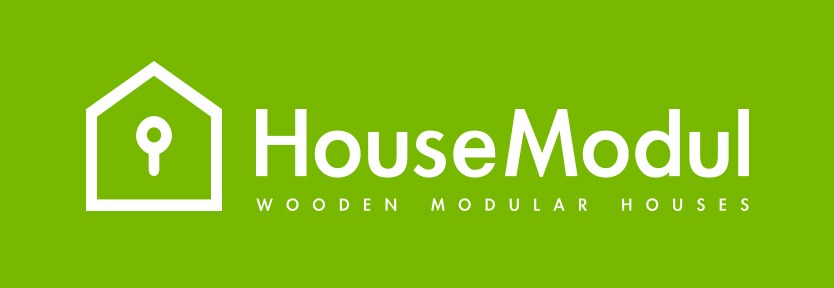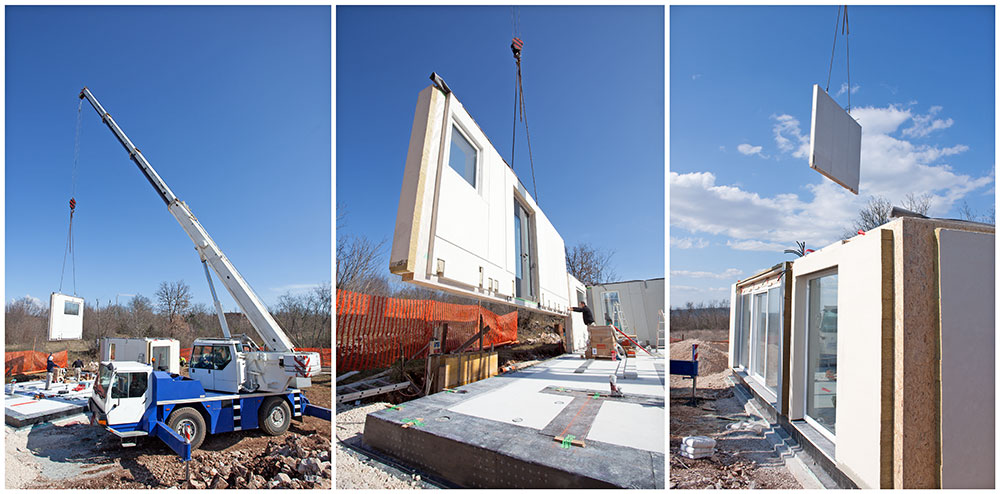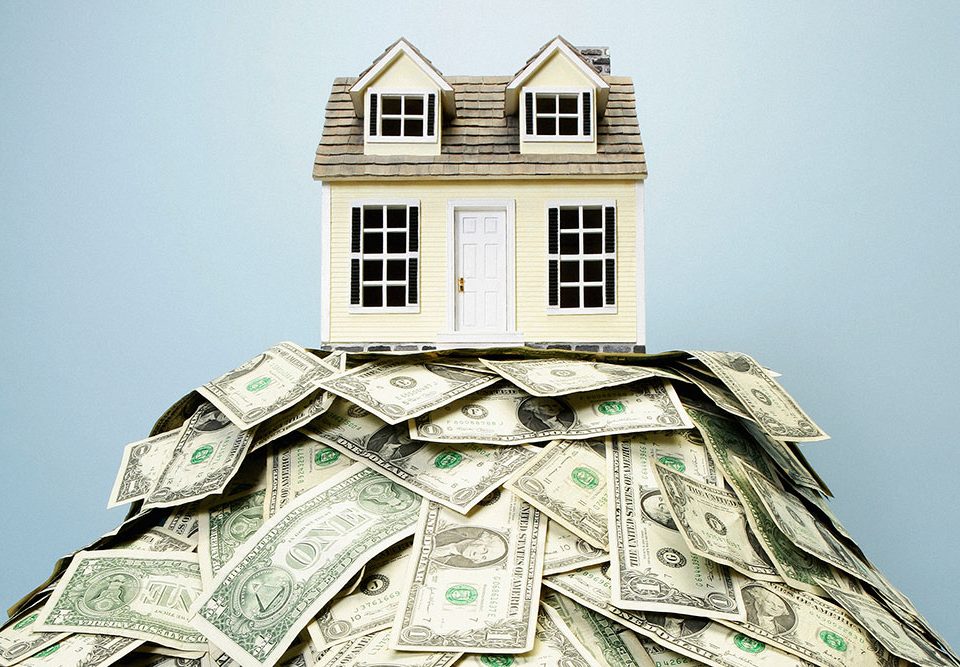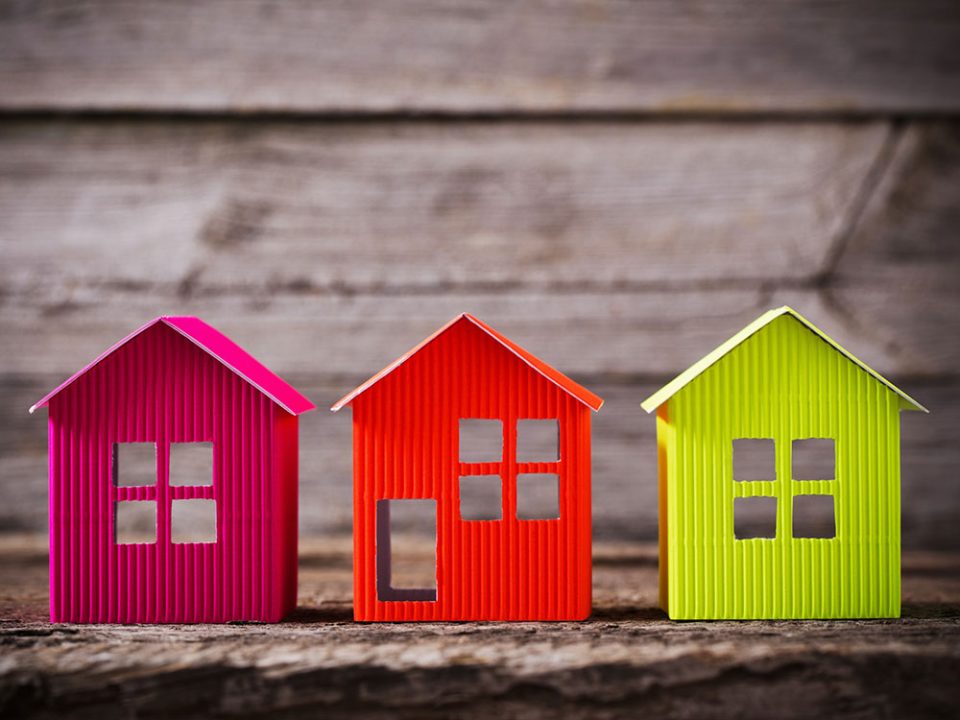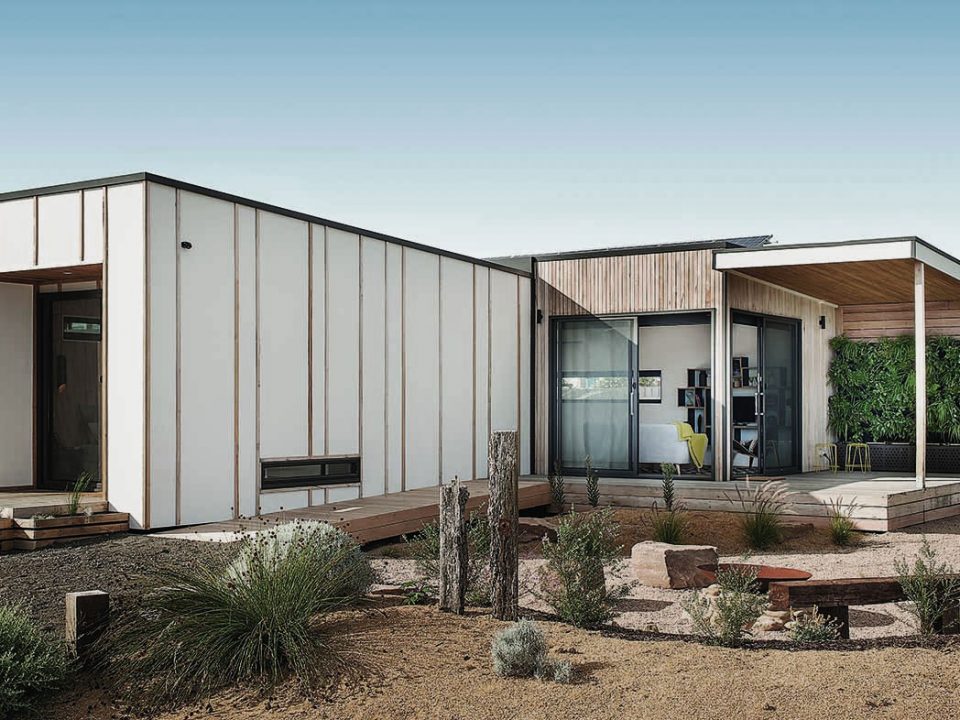5 reasons to choose prefabricated modular house

Wooden modular houses – history and how time and technologies made it popular again
2019-01-07
1. Energy Efficiency
One of the benefits of prefab homes is that they tend to be highly energy efficient. Their tight seams and state-of-the-art windows keep heat in and reduce your energy bills in the process. As a bonus, prefabricated modular homes’ tight construction has earned them a reputation for being able to withstand natural disasters. If you ask many people “What is a prefab house?” they’ll assume it’s the same as a mobile home. Not true. Prefabricated (aka modular) homes go into a foundation like any other home. They can be high-quality, modern and elegant houses perfect for those who want a lower carbon footprint than the typical American suburban home has.
Though prefabricated modular homes are historically associated with lower quality, this is no longer the case today. Various companies across North America are making modular homes attractive by using geometric and modern exterior finishings that boast open spaces and maximize natural light in your home. In order to stand out from the competitive prefabricated modular houses market, builders are looking to maximize energy efficiency through numerous methods such as recycling materials, using LED lighting and installing solar panels. This ensures that you save money on your energy bills to the point where you may be producing clean energy that will be put back into the energy grid.
2. Fast Construction
Fast construction is one of the big advantages of prefabricated modular homes. Because the parts of a prefab home come pre-made, all you have to do is assemble them and hook up the home to the needed utilities. Hence the name “modular.” The prefab goes up much faster because it arrives partially constructed. That means fewer days with laborers on site and less vulnerability to weather delays and illnesses that can extend the construction process by days and weeks. Still, there’s more to consider than just the construction time. Site preparation, including obtaining permits, can be a lengthy process.
Depending on the complexity of the prefabricated modular home, it can take three to four months to build and get it move-in ready, says Donna Peak, an executive director with the National Association of Home Builders. From start to finish, it takes about nine months to a year to construct a stick-built house, she says.
Home modules are constructed and inspected in a factory, where weather won’t delay the process. The modules are then transported to the final building site. It takes about three days to fully assemble those components at the site, Peak says.
Additional site work — including electrical and plumbing hook-ups, driveway paving, final grading of the land and landscaping, and a host of inspections before a certificate of occupancy can be issued — can take several weeks.
3. Affordability
Building a prefabricated modular home is generally less expensive than building a comparable stick-built home. Nice, right? Part of the savings has to do with labor. It takes fewer laborers working over the course of fewer days to make a prefab move-in ready. That saves you money. Plus, as we’ve mentioned, heating and cooling tend to be more affordable with prefab homes than with stick-built homes. If you’re open to buying an existing home, compare the costs of what’s available on the market with the cost of building a prefab. And remember that various levels of fittings and customization can raise or lower the cost of your prefab. Talk to the manufacturer about cost-cutting strategies available to you.
Price is probably the most important advantage. Prefabricated modular homes are not at all more expensive than traditional ones. I can not guarantee 100% that prefabricated modular homes are always cheaper. It all depends on your design, material requirements, location, etc.
4. Durability
In assessing damage to residential neighborhoods in Dade County, Fla., after 1992’s Category 5 Hurricane Andrew, the Federal Emergency Management Agency reported “relatively minimal structural damage in prefabricated modular housing developments. The module-to-module combination of the units appears to have provided an inherently rigid system that performed much better than conventional residential framing.” Translation: Prefabs can hold up better in extreme weather conditions than traditional stick-built structures.
If you decide to invest in the bathroom or kitchen of your dreams, “there’s nothing that would preclude the reconfiguration of a home simply because it’s a modular build,” says Matt Bowe, co-owner of Jakobsen & Bowe. “Just like a stick-built home, you need to account for the structural support and layout.” Prefab homeowners looking to remodel should let their contractor know early on that they have a prefabricated modular home, Bowe recommends, because there may be some slight differences in the structure of the beams that support the home. “If you’re a builder working on a prefabricated home, you need to understand structurally what you’re dealing with and what you’ll need to properly complete the project,” he says.
5. No stress
The prefabricated modular home building process is not only fast, it’s also protected from the weather which is the major cause of delay during new home construction.
So no matter what the weather throws up, construction of your home stays on schedule – and so does your moving plans.
There’s no denying it – there is a lot to think about and organise when you are building a new home. Plans, permits, reports and ratings can make your head spin – and that’s before construction has even begun.
With prefabricated modular homes you get a complete package – which means your consultant will help you with everything from planning to building and completion.
The first thing a good prefabricated modular home builder will do is match you to a consultant who will be with you from start to finish. They’ll get to know you, understand your needs, be available when you have questions and work with you to deliver your perfect home.
Some prefabricated modular homes come with an impressive list of inclusions, so once the build is complete you can walk in and enjoy. This is a big factor in value for money, so be sure to choose a package the gives you bang for your buck.
